Our device, the 3D photoPRINThesizer, is a technology designed to tackle the global housing crises; it merges the technologies of artificial photosynthesis with 3D construction printing. The 3D photoPRINThesizer, which is portable, user and environmentally friendly can print/build homes in many areas of the world using carbon dioxide and water to make building feedstock. This feedstock will be used in a large 3D construction printer, driven by computer-aided design, to print homes for people who need quality housing that will be affordable, sustainable, and culturally appropriate.
Regional Winners
Region 1
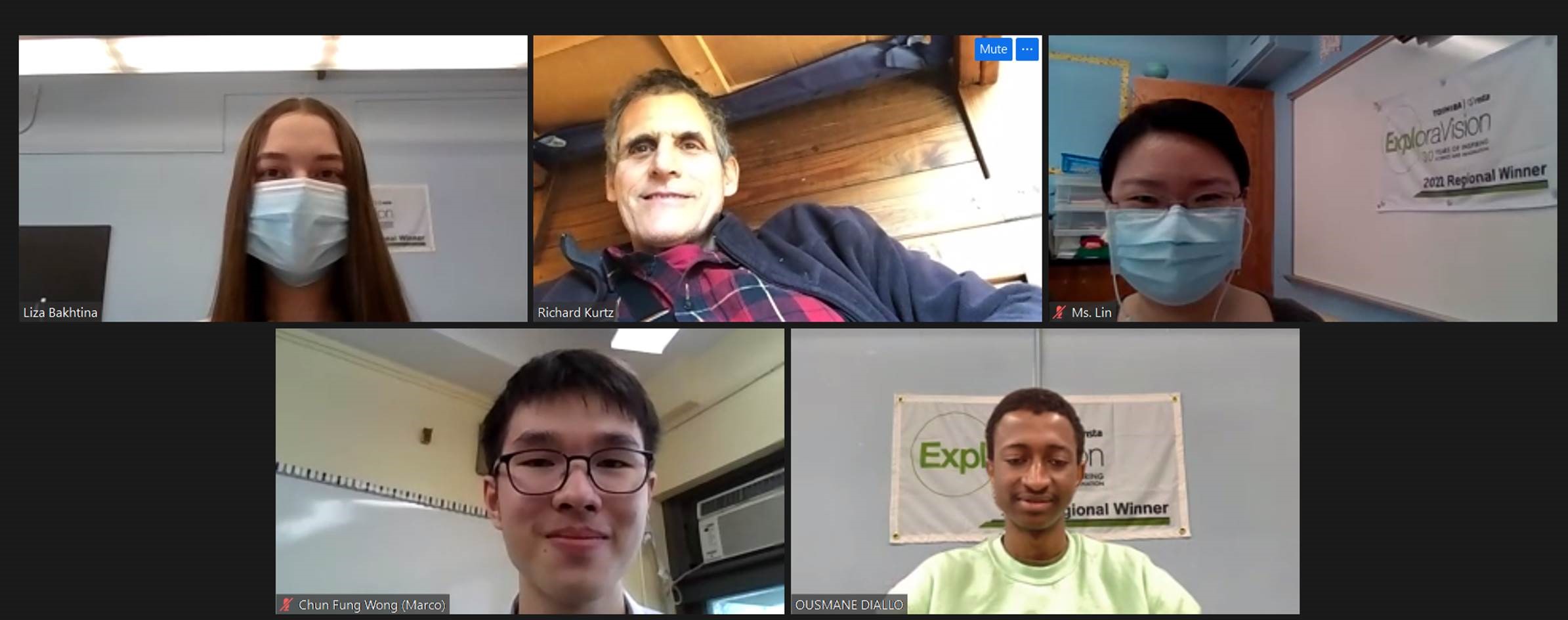
Region 2
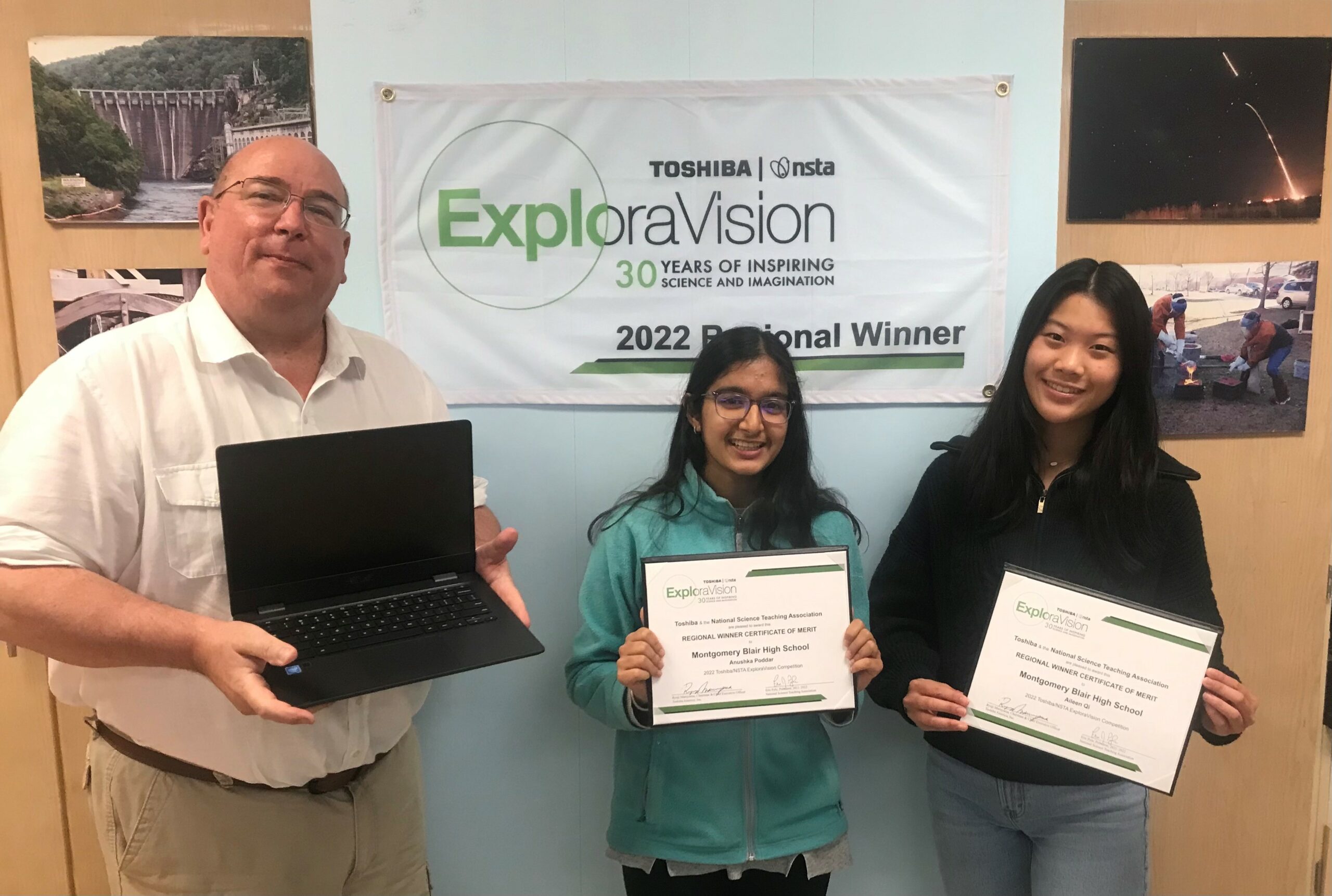
The ongoing opioid epidemic is a dire public health crisis that takes the lives of millions annually. Limited treatment modalities continue to pose a significant barrier toward mitigating opioid use disorder, with half of individuals in recovery relapsing within just six months. Medications such as methadone and buprenorphine have inherent risk of abuse and low accessibility. Naloxone, an opioid-overdose reversal medication, is not always administered in time to prevent overdose. We propose a novel polyvalent opioid vaccine that induces an immune response against the most commonly abused opioids: morphine, codeine, oxycodone, hydrocodone, heroin, and fentanyl. By generating antibodies that bind to target opioids in the bloodstream, this vaccine blocks drug molecules from reaching corresponding receptors in the brain. Consequently, vaccinated individuals are protected from relapse and respiratory depression, the primary cause of overdose mortality. This vaccine helps users overcome their addiction, serving as a long-term solution to the devastating epidemic.
Region 3
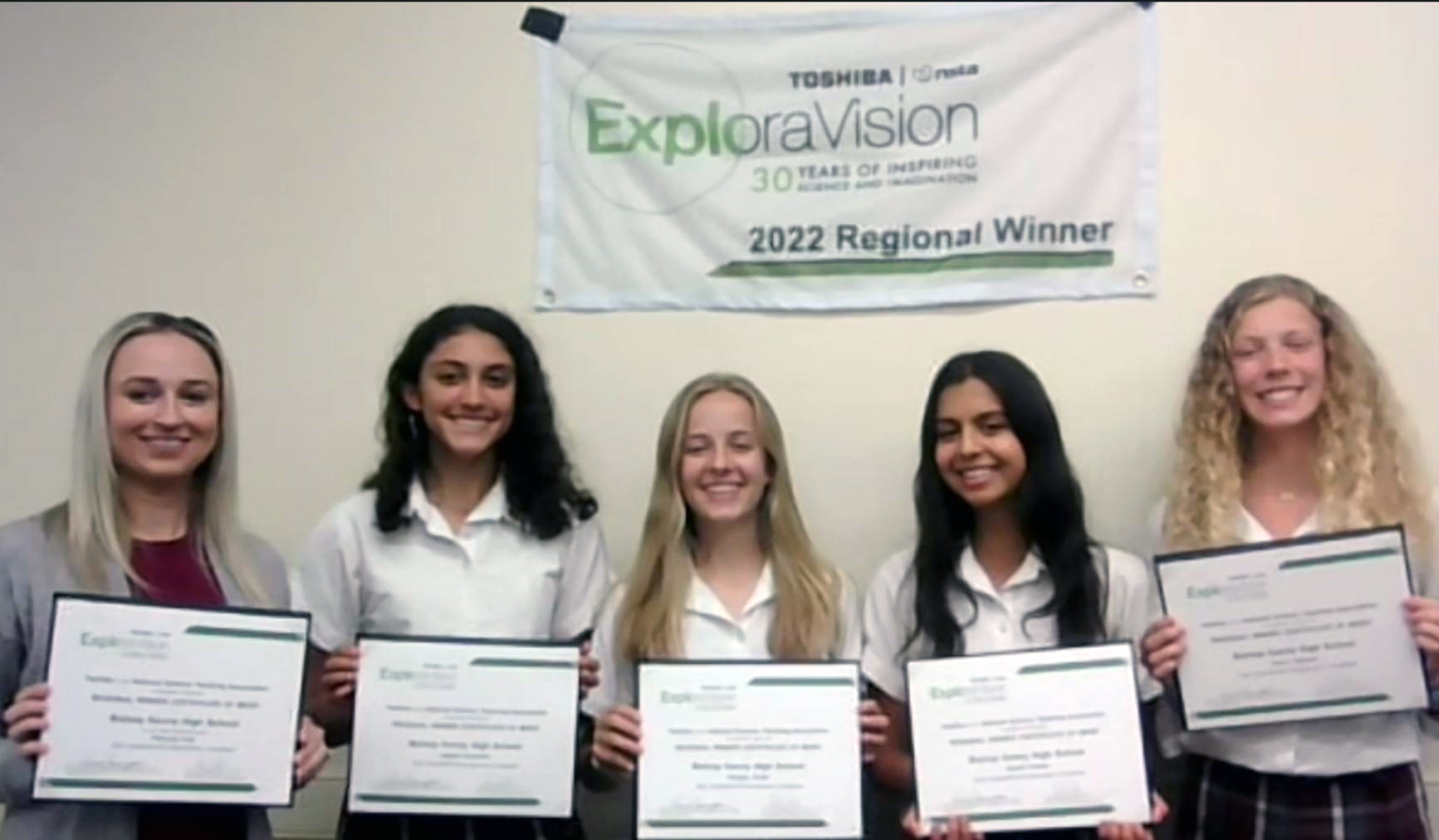
The SOULS (Specialized Orthotic Underfoot Lining Software) Insole Technology aims to prevent injuries from developing by analyzing a runner’s form, foot placement, and weight distribution with microsensors built into one’s shoes. The shoes include 20 air cushions surrounding the foot with microsensors on their surfaces, thin carbon fiber discs underneath each cushion region, and holes on the heel and toe to regulate cushion air pressure. From the data collected, the microsensors will determine while the runner is in motion if adjustments need to be made and they will tell the plates how to move in sync with the runner’s motion to correct any potential indicators of bad form, such as heel striking. The plates in turn move the cushions and provide support where needed. The microsensors also communicate with the air cushions, telling them how much pressure should be in each cushion to give the proper level of rigidity. These changes, unlike those with the discs, occur when the runner is not in motion. Finally, the shoes will report back to the SOULS app to give the user insights to his/her running form along with suggestions on how to improve it and further safeguard against injuries. The goal of SOULS Insole Technology is to protect the runner, but also correct any mechanical issues contributing to injuries and strengthen them by slowly weaning them off of support (thus, decreasing the risk of future injuries arising).
Region 4
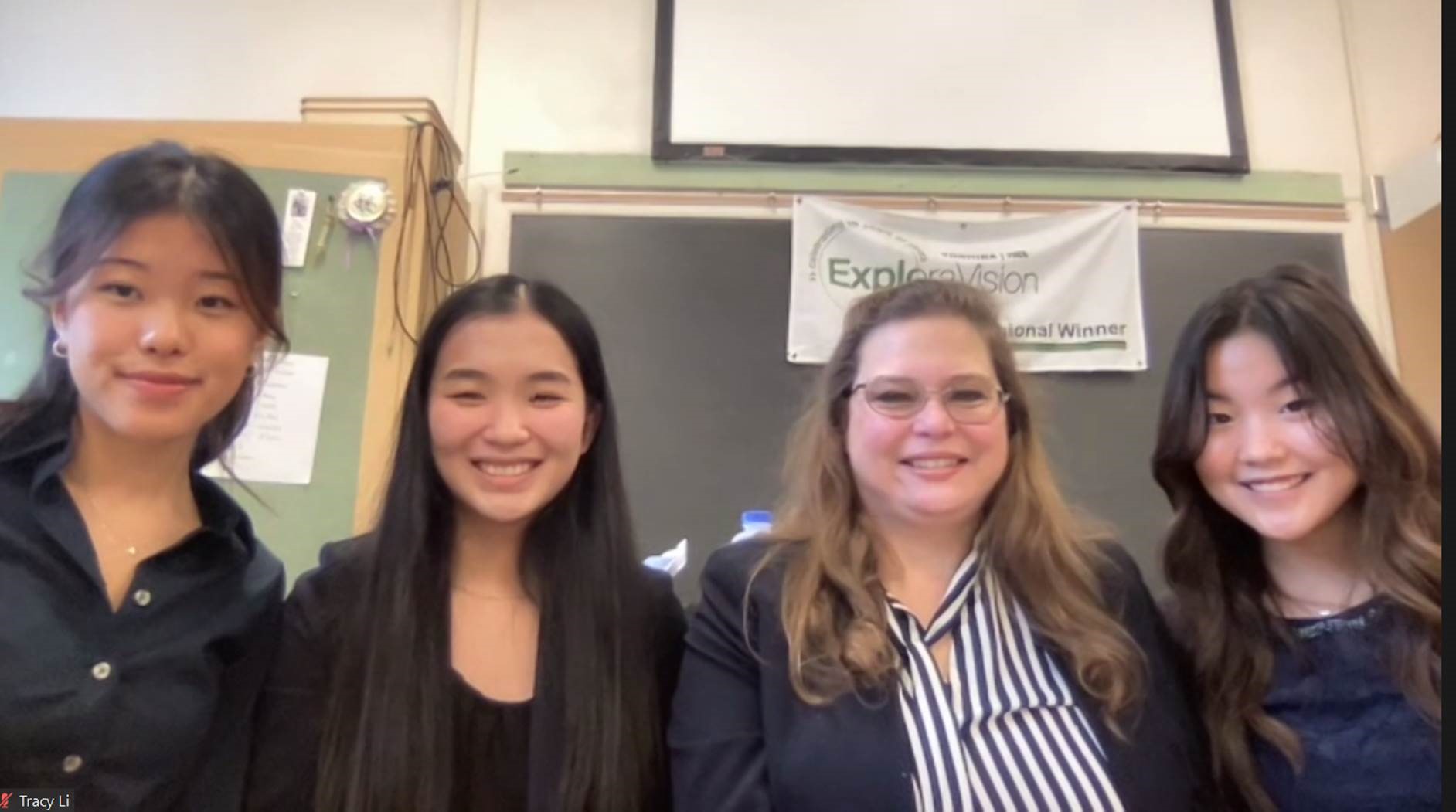
These strokes are difficult to treat as it takes away the crucial period for treatment at the beginning. However, iSpyStroke can change everything, with its accurate stroke detection and efficient design. iSpyStroke is a sleeping mask designed to target wake-up strokes, a type of stroke that occurs in sleeping. Consisting of electroencephalogram sensors that can detect any irregular brain wave activity, iSpyStroke can alert medical professionals and emergency contacts through the connected app, if a wake-up stroke is detected. Vibrators and alarms attached to the device will also arouse the wearer, and ultimately will save many lives by streamlining the treatment process. This life-saving technology can protect individuals suffering from wake-up strokes and allow them to sleep in peace every night.
Region 5
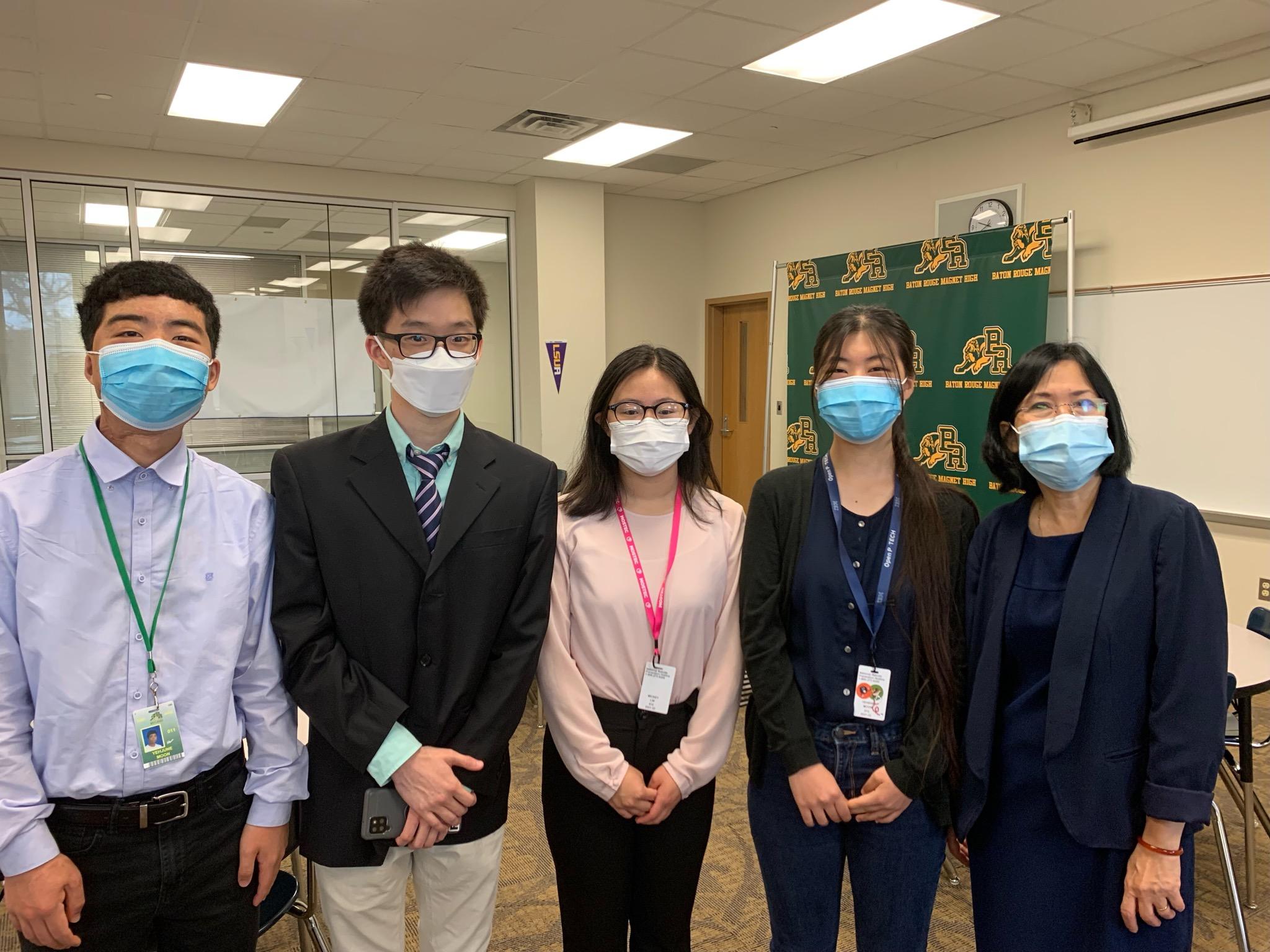
Multiple Sclerosis is one form of demyelination that can cause detrimental consequences without proper treatments to young adults. As current treatments lack specificity in targeting the central nervous system and efficiency in treatment, our project plans to use nanotechnology to combat these issues. First, the nanoparticle will pass through the blood-brain barrier by latching onto an insulin receptor. Then, it will migrate towards myelin sheaths using Ermin receptors. Finally, our nanoparticle will release antibody receptors that inactivate inflammation-causing cytokines and remyelination-promoting drugs. By providing both immunosuppression and myelin sheath regeneration, this idea is the first step towards an efficient treatment for neurodegenerative diseases.
Region 6
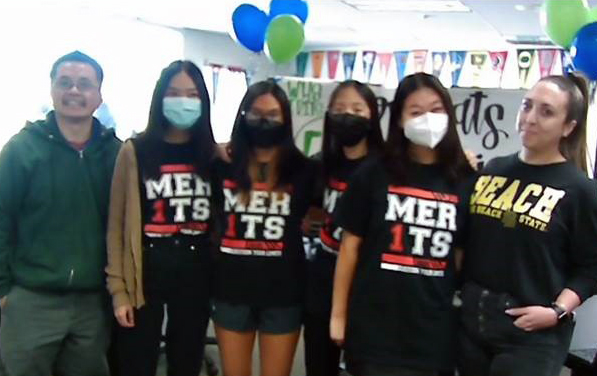
Western honey bees provide valuable pollination services in agricultural crop production and are an essential component of plant reproductive successes. However, over the years, neonicotinoids, a widely used group of insecticides, have significantly contributed to honey bee colony losses. This type of insecticide can be found in pollen and nectar after it is absorbed by plants, which bees are exposed to when foraging for food. Neonicotinoids are toxic to bees, entering their nervous system and causing muscle paralysis and death. To combat bee mortality, our solution is a probeeotic that contains a neonicotinoid-degrading microbiome bacteria. Genetic engineering, CRISPR technology, DNA cloning, and freeze drying techniques can be utilized to create an innovation that can degrade neonicotinoids within bee’s gut microbiomes. Ultimately, our technology aims to protect the future of honeybees and modern agriculture by creating an environment where they can thrive.